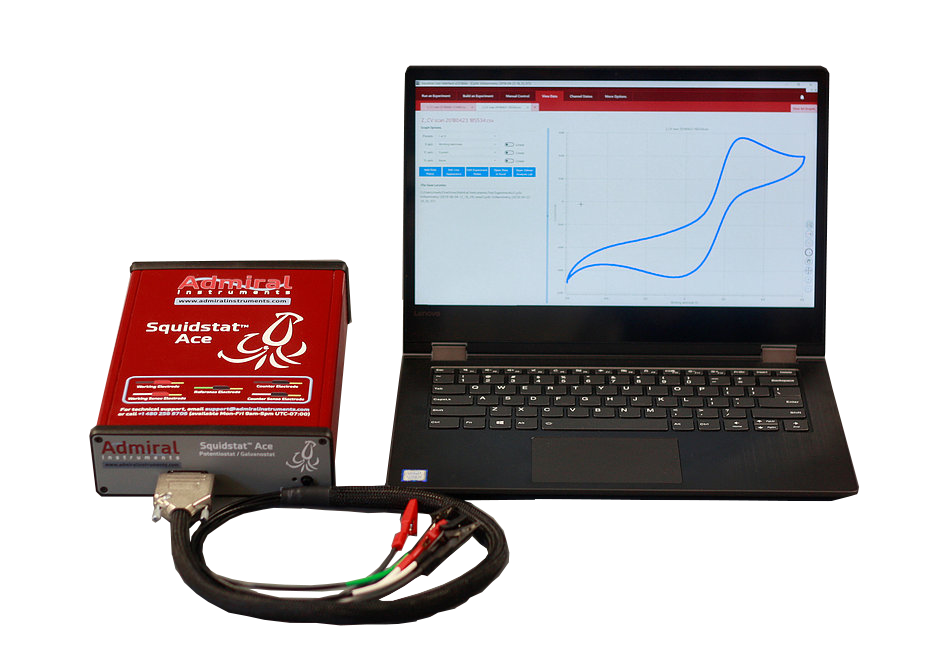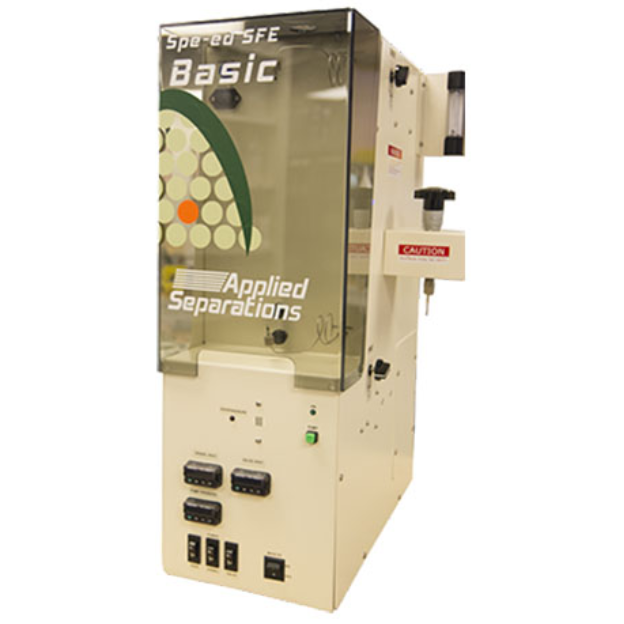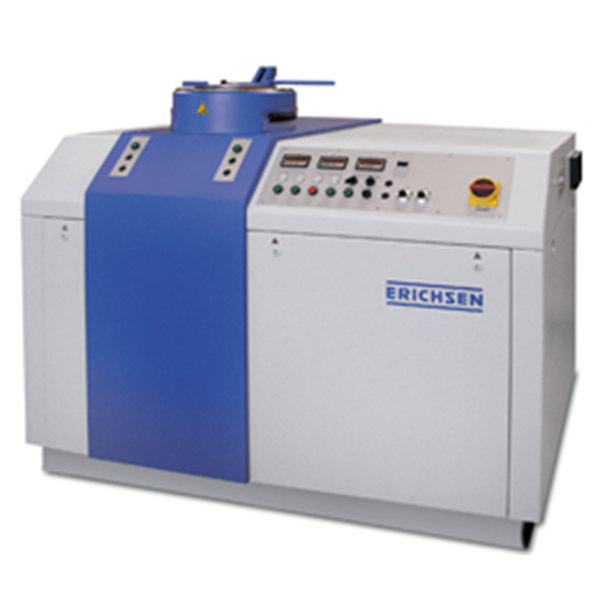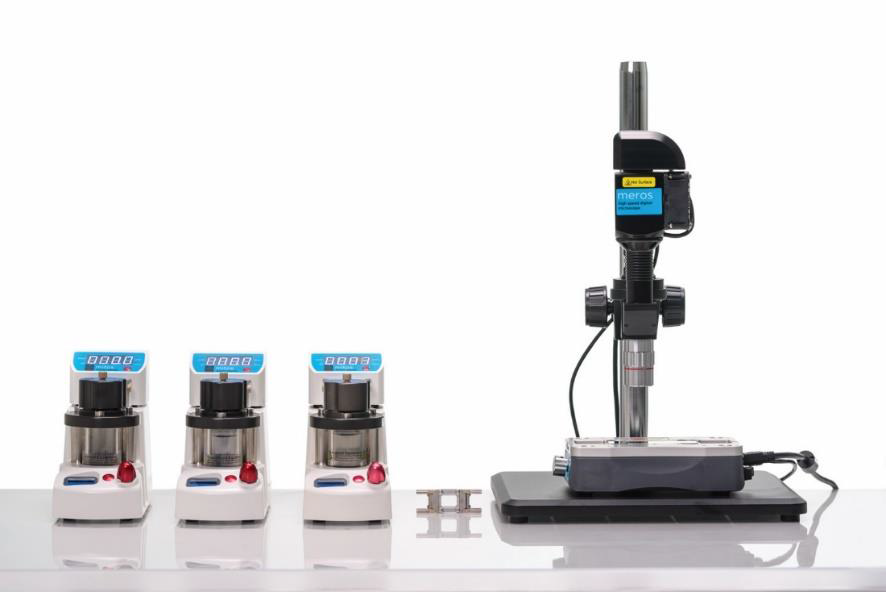搜全站
搜展位
Microwave-Assisted Synthesis of 3,1,2- and 2,1,8-Re(I) and 99mTc(I)-Metallocarborane Complexes
2006-07-25 09:40
浏览:1587次
分享:资料摘要:
Microwave heating was used to prepare 5-rhenium carborane complexes in aqueous reaction media. For carboranes bearing sterically demanding substituents, isomerization of the cage from 3,1,2 to 2,1,8 derivatives occurred concomitantly with complexation. Microwave heating was equally effective at the tracer level using technetium-99m, affording access to a new class of synthons for designing novel molecular imaging agents.
下载本篇资料:
资料文件名:
资料大小
下载
Microwave-Assisted Synthesis of 3,1,2- and 2,1,8-Re(I) and 99mTc(I)-Metallocarborane Complexes
339KB
相关资料
大电流电解水制氢过程中的交流阻抗测试
电池的内阻包括欧姆电阻和极化电阻。在温度恒定的条件下,欧姆电阻基本稳定不变,而极化电阻会随着影响极化水平的因素变动。 欧姆电阻主要由电极材料、电解液、隔膜电阻及集流体、极耳的连接等各部分零件的接触电阻组成,与电池的尺寸、结构、连接方式等有关 我们都知道欧姆电阻可以通过交流阻抗EIS方法测得,但怎样才能从EIS数据中得到准确的欧姆电阻呢?很多人认为是Nyquist图跟横轴的交点,但其实这样读到的欧姆电阻并不准确。 我们可以用分析软件做个模拟电路或者用电子元件搭建一个简单的电路进行分析。
当我们对材料做Tafel极化曲线测试时会不会有这样的疑问: 为什么极化曲线测出来的腐蚀电位跟开路电位偏差大,以至于阳极部分与阴极部分不一样宽?
Zahner Analysis分析EIS数据的拟合步骤 1.打开EIS.ism的数据 2.打开Model Editor 3.创建等效电路或打开已保存的等效电路文件 4.进行拟合 5.查看拟合情况 6.导出拟合结果
推荐产品
供应产品








